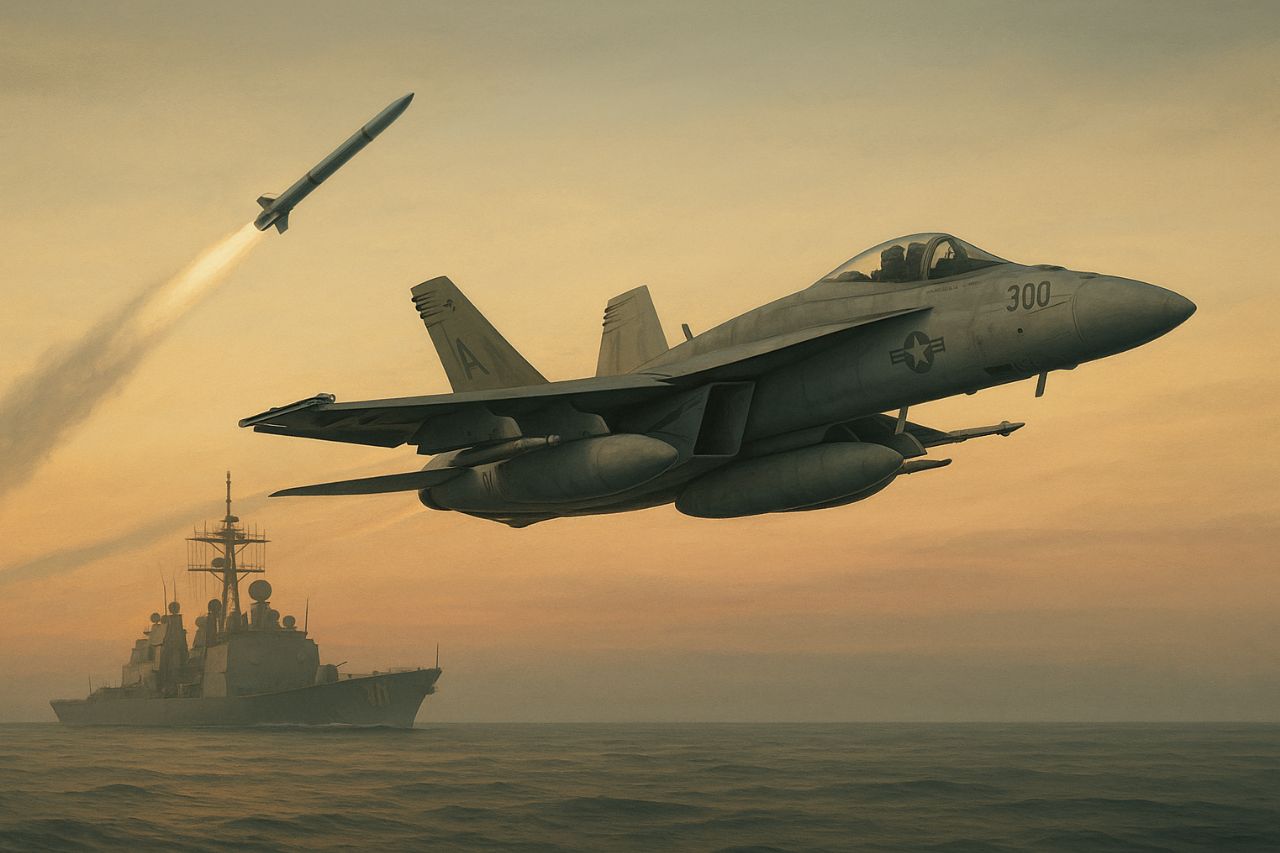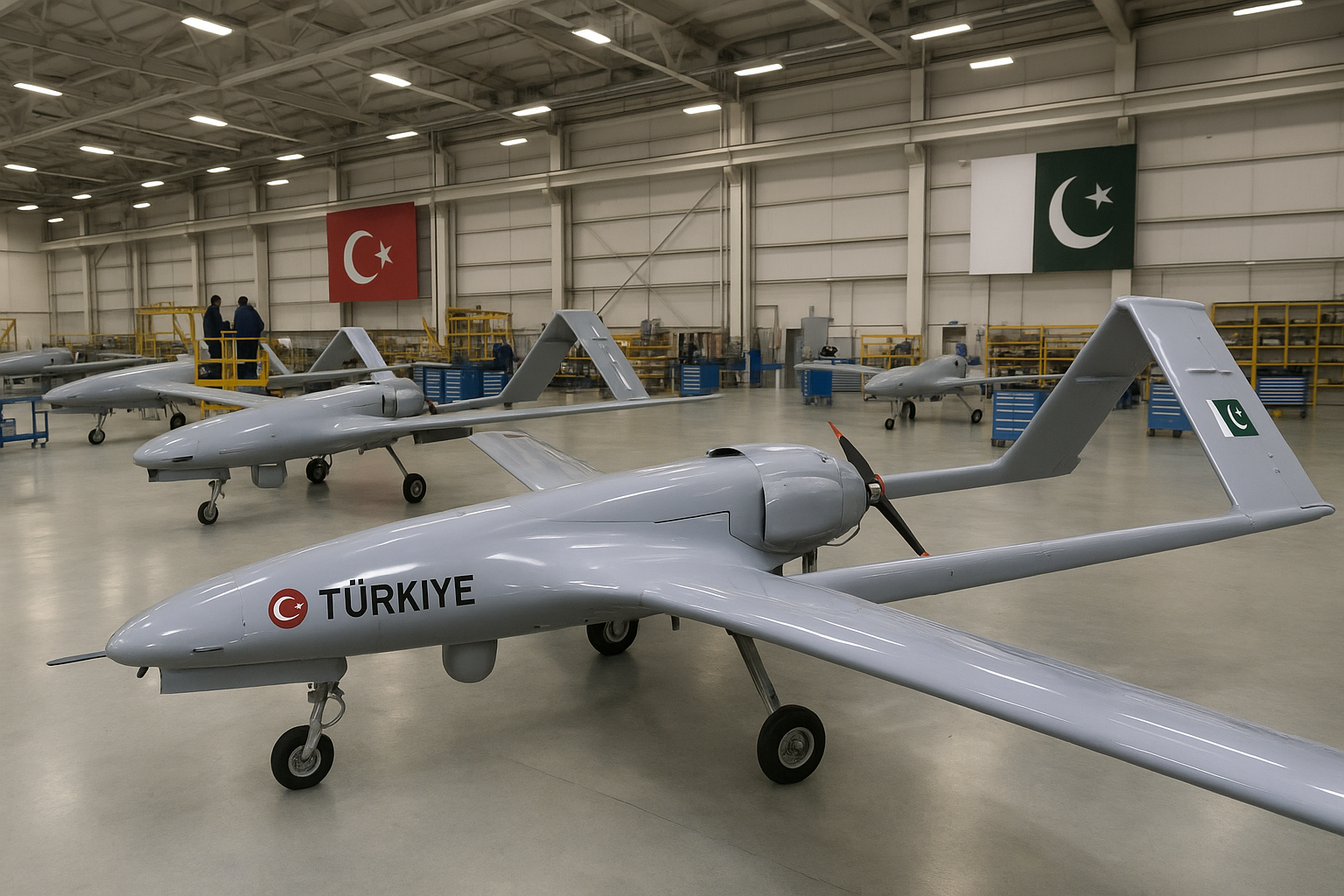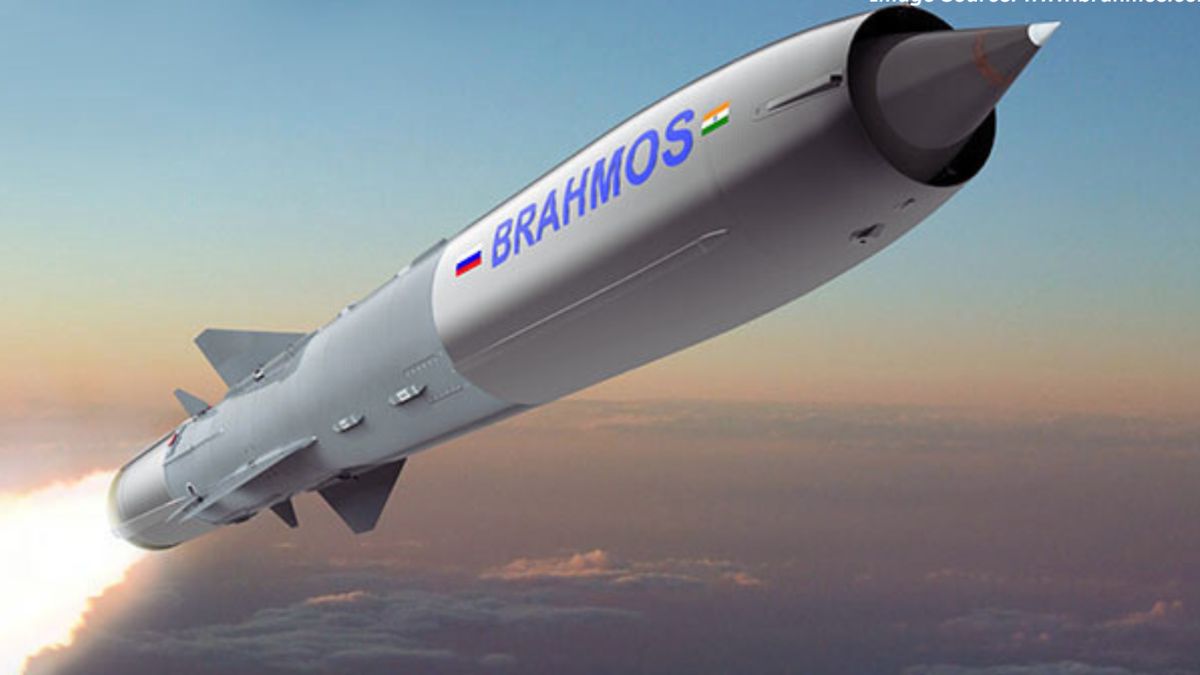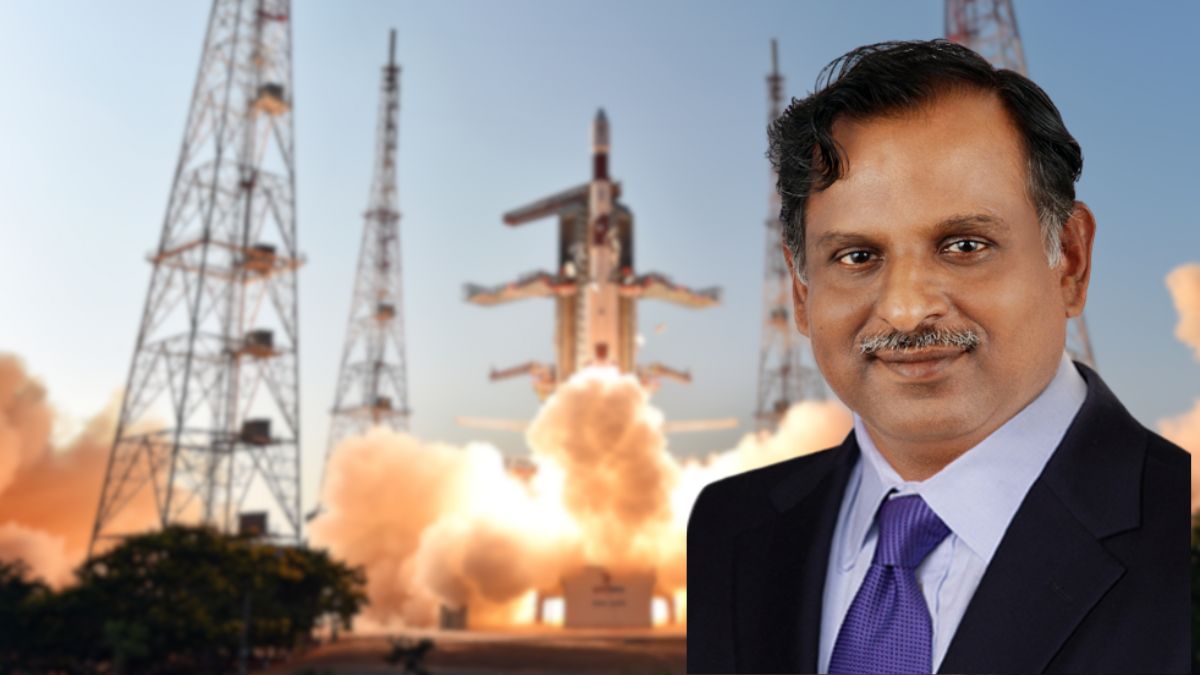HAL Rockets Into Space, to Launch Small Satellites in New Spaceflight Era
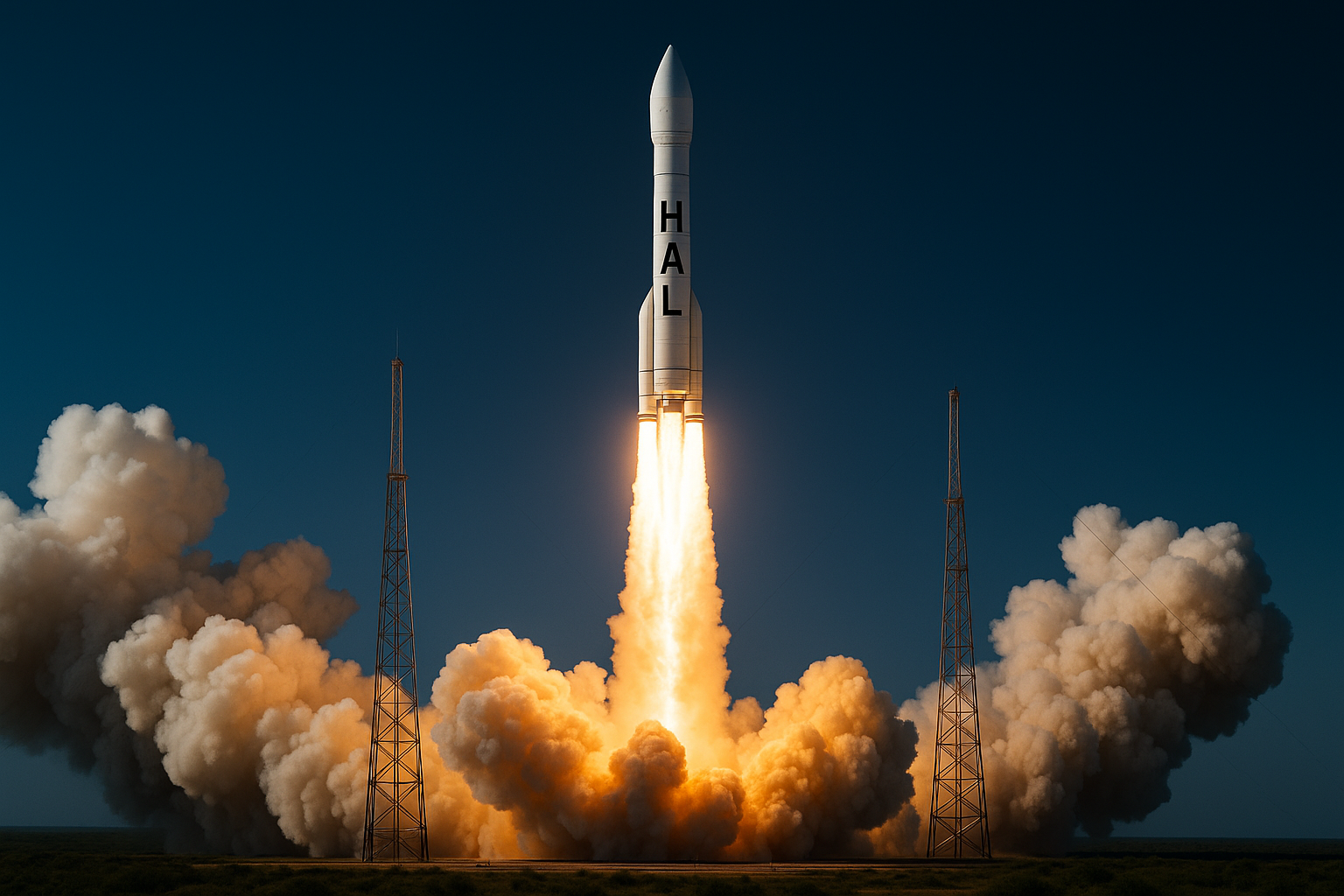
India has taken a major step in opening up its space sector to private participation with a twist. State-run aviation giant Hindustan Aeronautics Limited (HAL), best known for making aircraft and helicopters, will now own and operate rockets too.
In a landmark move, the Indian National Space Promotion and Authorisation Centre (IN-SPACe), a space sector regulator, announced the transfer of Small Satellite Launch Vehicle (SSLV) technology to HAL.
This marks the first time that complete launch vehicle technology is being transferred from the Indian Space Research Organisation (ISRO) to a company, signalling a shift towards commercial space operations in India.
“This is a defining moment,” said Dr. Pawan K. Goenka, IN-SPACe Chairman. “HAL will now build, market, and launch SSLVs independently after a two-year handholding period with ISRO.”
How is HAL entering the space sector different?
Unlike previous models where rockets were produced for ISRO or its commercial wing NewSpace India Limited (NSIL), HAL will now fully own and commercialise the SSLV, a nimble, low-cost launch vehicle ideal for deploying small satellites (under 500 kg) into low-Earth orbit.
At 34 metres tall and weighing 120 tonnes, the SSLV can be assembled in under a week, offering rapid launch turnaround, a key factor in the emerging global small satellite market.
HAL won the competitive bid with an offer of Rs. 511 crore, beating out consortia led by Alpha Design Technologies Limited and Bharat Dynamics Limited.
The process involved a two-stage technical and commercial evaluation among top Indian aerospace firms and start-ups like Agnikul Cosmos and Skyroot Aerospace.
Dr. Goenka, at a media event, acknowledged concerns over awarding the contract to a public sector entity. “At IN-SPACe, we don’t differentiate between public and private players. All are equal,” he said, responding to criticism that private firms may have brought more agility to the market.
When will HAL launch its rockets into space?
The two-year transition phase will see HAL manufacture two SSLVs under ISRO’s guidance. Its first fully independent rocket launch is expected around August 2027. HAL aims to ramp up to 10 launches annually, carving a strong position in the booming global small satellite sector.
“This win will enable us to build a strong launch capability, create opportunities for MSMEs, and develop India’s commercial space ecosystem,” said B. Senapati, HAL’s Finance Director.
He reassured critics that HAL’s aerospace division, which will handle the SSLV, is not burdened by delays like those seen in the Tejas fighter aircraft programme.
What is the commercial appeal of SSLVs?
Dr. D Radhakrishnan, CMD of NSIL, underlined the commercial appeal of SSLVs, noting that NSIL will continue to produce 15 units before HAL takes over.
Meanwhile, ISRO will launch one more SSLV this year, carrying experimental payloads under the new SMiLE (SSLV Module for in-LEO Experiment) platform to help Indian start-ups access space more affordably.
As private firms like Agnikul and Skyroot also gear up with their rockets, HAL’s entry into this arena could spark a new phase in India’s commercial spaceflight with public and private giants sharing the launchpad.

